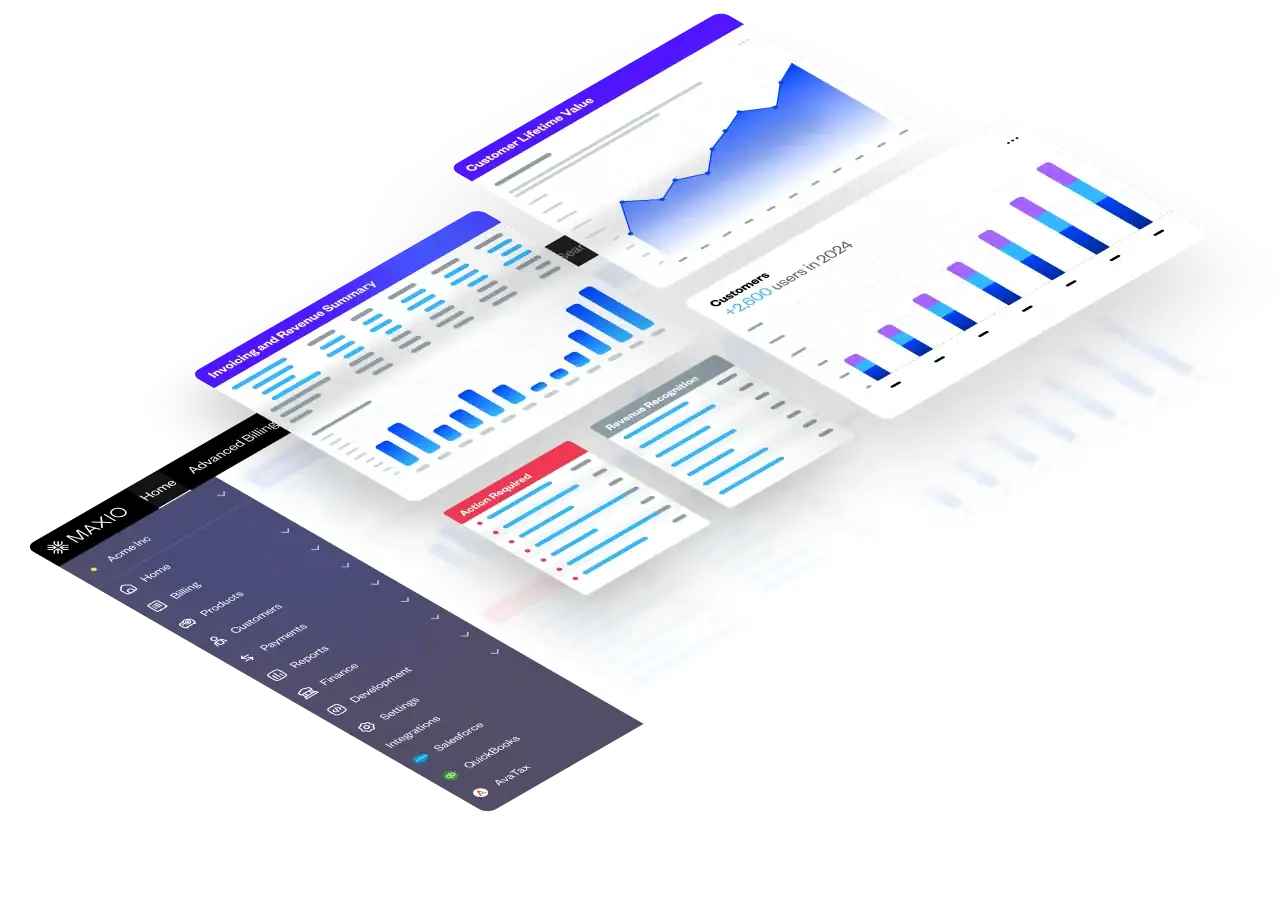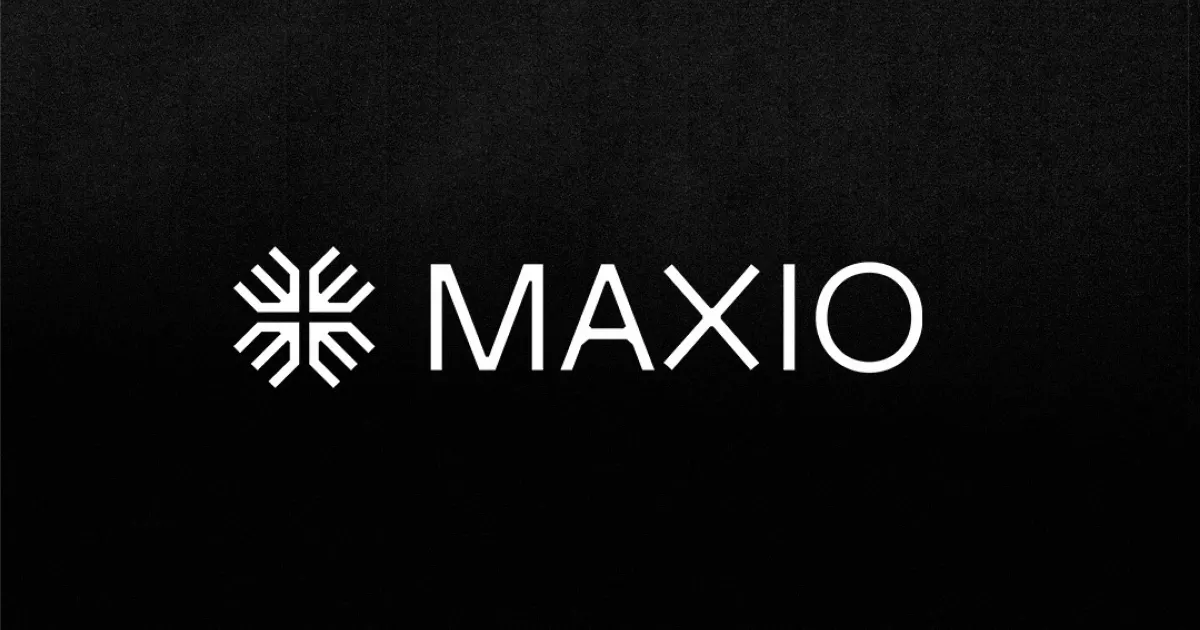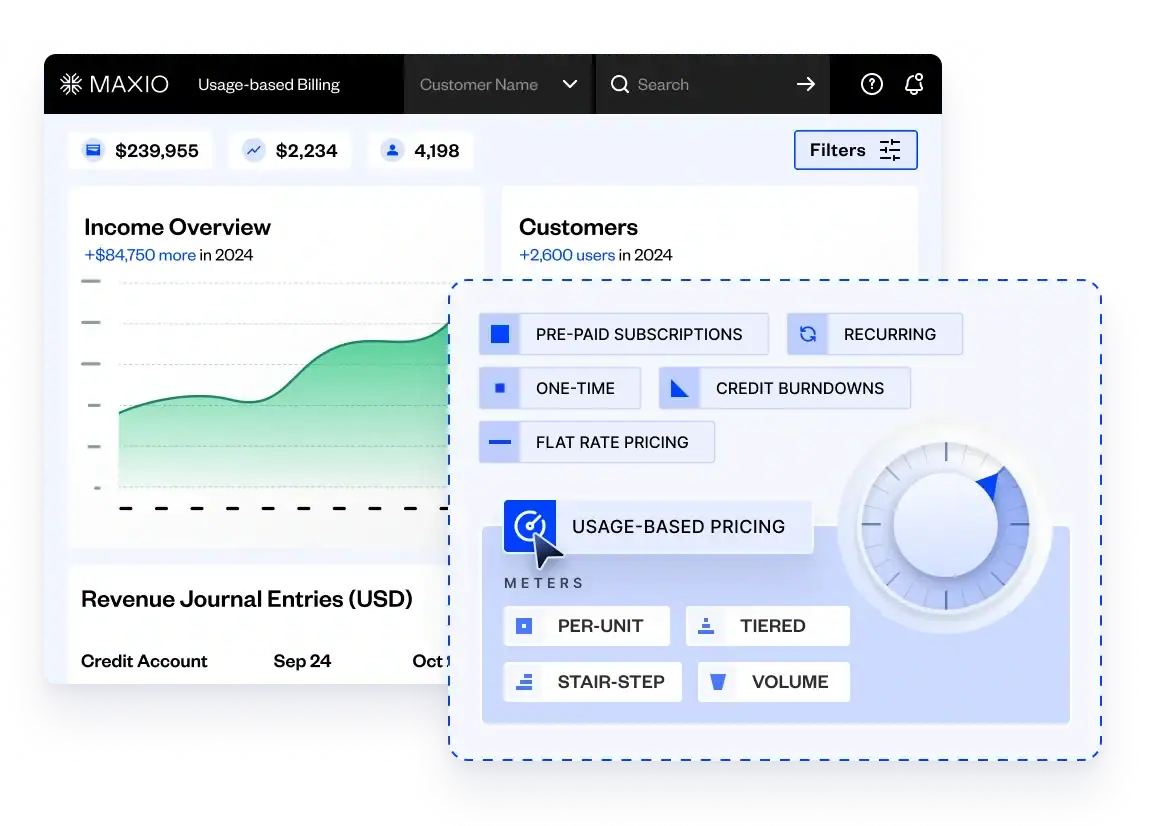While the goal of a free trial is universal (convert!), deciding the length of your free trial can be a little tricky. How do you know the ideal length? Does trial length even matter?
The short answer is yes, the length of your trial matters, but there isn’t a one-size-fits-all trial length for all SaaS companies. In this blog we’ll break down the pros and cons of short vs. long SaaS trial lengths to help you determine what is best for your company.
What are your competitors doing? From the 550 SaaS companies surveyed in Totango’s benchmark SaaS study, 41% had a 30-day free trial and 18% offered a two week free trial.
Some factors to take into consideration when deciding on the duration of your free trial:
- Time it takes the trialer to understand product benefits
- Can the user evaluate if the product is a good fit for them from the features accessible in the free trial?
- How will the trial length affect your sales cycle?
- Duration you can financially support a trial (be realistic)
Short Free Trial Length

For the purpose of this blog, we’ll define a short free trial duration as two weeks or less. According to Close.io, “99% of B2B SaaS products should limit the trial to 14 days, max.”
While opponents of short trial periods claim users will not sign up for a trial at all if they think the trial duration is too short, proponents of shorter trials cite several benefits:
Creates a sense of urgency:
When trial users know they have a short time frame to evaluate a SaaS product, they may engage more quickly. It is important to note that engaging users quickly is key to converting users to paying customers, regardless of the length of the free trial. A trial user active in the first 3 days of their trial is four times more likely to convert to a paying customer.
More sales per salesperson:
According to Sean Ellis, “[a] short trial period means that each sales person has a lot less prospects that they need to manage at any one time in the pipeline.”
Reduce sales cycle and associated costs:
A shorter free trial length means you’re financially supporting the trial for less time. Ideally a shorter free trial also allows you to shorten your sales cycle, which reduces your customer acquisition cost (CAC). As you grow, the impact of CAC on your business will continue to increase.
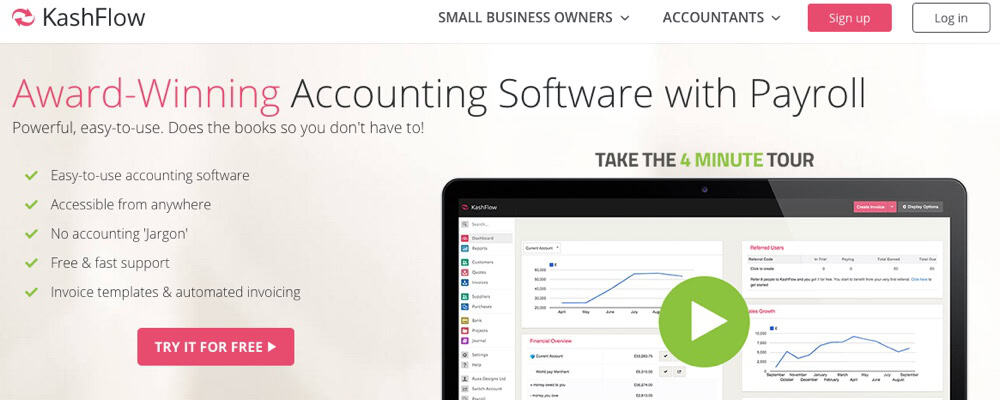
When KashFlow changed their trial length from 60 days to two weeks, they saw a 25% increase in trial to paying customer conversions.
According to KashFlow, there was “no noticeable effect on a web-site visitor’s willingness to take [signup for] a trial” and the shorter trial duration allowed the company to “more quickly evaluate the effectiveness of marketing campaigns.”
If you’re concerned a short free trial length won’t allow trialers enough time to evaluate your SaaS product, consider extending the free trial to those who need it. Close.io CEO Steli Efti estimates, “[y]ou’ll probably get a high percentage of responses (somewhere around 30 percent) asking for more time. That’s a great way to engage with these prospective customers, find out more about their needs, and help them convert.”
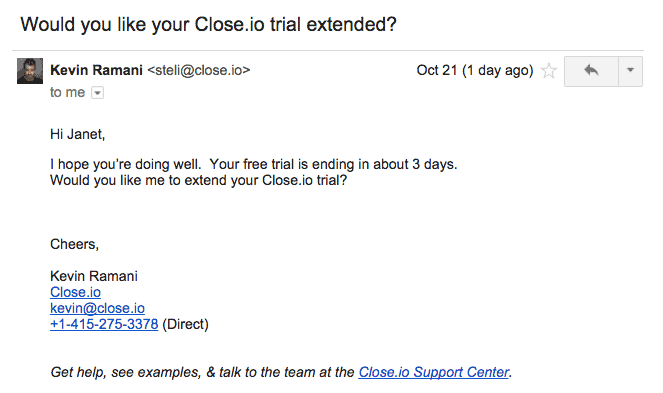
Long Free Trial Length
The most common “long” SaaS trial length is 30-days. For the purposes of this blog, any trial longer than 2 weeks falls under “long trial” duration.
Opponents of lengthy trials are common in the SaaS industry and they frequently cite the expense of long free trials. It’s true — longer trial durations are more costly for your SaaS company, especially for complex products requiring more support.
There is also the concern that trial users will procrastinate utilizing the product when they have an extended trial period, thereby “increasing the chance that they will forget about it altogether,” according to RevenueWire.

But there are benefits to longer free SaaS trials:
Allows users time to learn complex products:
If your product takes users longer to learn, or has a “longer lead-time to value realization” it can make sense to have an extended trial period. Lengthened trials are common for enterprise targeting SaaS products.
Reduces pressure for users:
If your target customers are busy professionals then longer trial durations makes sense because it “take[s] the pressure off of them from a time-scarcity standpoint,” says Lincoln Murphy.
Allows for the product to become sticky:
According to Close.io CEO Steli Efti, “[t]here’s really just one scenario where having a longer trial is better—if your product is designed so that using it really locks people in.” Dropbox, Evernote, and Constant Contact are all great examples of companies utilizing longer free trials to “lock in” users.
Constant Contact knows their target customers “are looking for something specific that they will use for a long time” so they’ve determined a 60 day trial works best in the interest of stickiness.

Works well with no-touch sales systems:
According to Sean Ellis, “[i]f the majority of your sales are not assisted by a sale team, then 30-days generally works pretty well.”
Once you’ve implemented an extended free trial period, look at the usage data “and see how many people actually take advantage of the full period,” suggests HubSpot. If the majority of trialers aren’t taking advantage of the long trial it could be time for a change.
Combination of Short & Long SaaS Trial Periods
Yes, you can have the best of both worlds!
To do so, tie the free trial length to your various product plans. The more complex the product/plan, the longer the trial should be.
Salesforce has been very successful using this method for their free trials. Salesforce “uses Free Trial length to differentiate their $5/mo, $25/mo, and $300/mo editions at 7, 14, and 30-days respectively,” explains Lincoln Murphy.
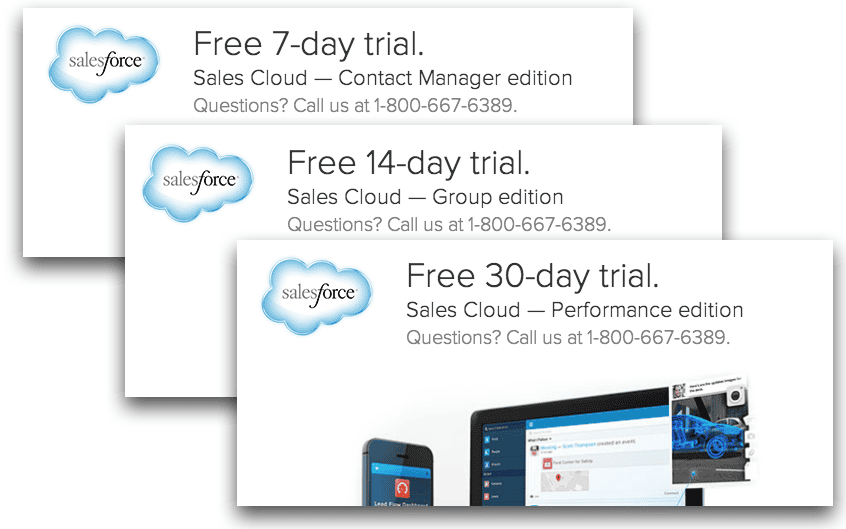
So how long should your SaaS free trial be?
Now that we’ve gone through the pros and cons of different SaaS free trial lengths, you’re left to decide the ideal duration for your own SaaS product.
SaaS Foundry’s Tommy Jarnac advises your free trial period should be “as long (but no longer than) the time your users need to fully realize your value proposition.”
To do this you will want to calculate the time between signup and the “User Gets It” moment. Matt Bearman defines “User Gets It” as “the point at which a user has done enough to know whether your Start Up [sic] will work for them.”
Test different trial lengths and use the metrics to decide the optimal duration for your SaaS product’s free trial.
Nichole Elizabeth DeMere advises, “stop associating its length with your sales cycle, and start focusing on how long it would realistically take someone to evaluate your product/service. To find that out, ask customers about their product evaluation process, then A/B test two trial lengths until you have it down to a science.”
And don’t forget about the customer experience. “Look at the free trial experience as the sample you’re giving users, rather than the product alone. If you execute the free trial experience well by enabling users to see the full value of your product during that period, you’ll have no trouble getting customers to come back for their next fix,” says Natalie Issa, Marketing Director at Woopra, Inc.
What have you found the ideal free trial length to be for your SaaS company? If you’ve tested different free trial durations, we want to know your results! Let us know in the comments below. And if you’re current billing solution doesn’t make it uber easy to test trial lengths, check out Maxio to simplify the process.
